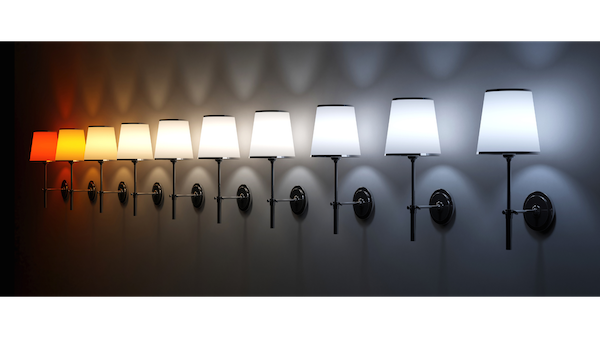
Founder, Nuro Technologies

Founder, Nuro Technologies
When it comes to lighting, it’s not just about brightness and energy efficiency. The color temperature and color rendering index (CRI) of a light source also play a significant role in how a room or object is perceived. In this post, we’ll explore these two parameters and provide some tips on how to choose the right light source for your needs.
Color temperature is measured in Kelvin (K) and refers to the warmth or coolness of light. A lower Kelvin value, such as 2700K – 3000K, produces a warm, reddish-yellow light that’s similar to incandescent bulbs. On the other hand, a higher Kelvin value, such as 5000K – 6000K, produces a cooler, bluish-white light that’s similar to daylight. In between, there are color temperatures ranging from 3500K – 4100K, which produce a neutral or natural white light.


CRI is a measure of how well a light source can reproduce colors accurately when compared to natural daylight or incandescent light. It’s measured on a scale of 0-100, with a higher value indicating better color accuracy. Incandescent bulbs and halogen lights typically have a CRI of 100, while LED lights usually range from 80-90. A CRI of 90 or higher is considered excellent.
When choosing a light source, it’s essential to consider both color temperature and CRI. While CRI is independent of color temperature, it’s important to choose the appropriate color temperature for the space and the objects you want to illuminate. For example, warmer light is better for reds, oranges, yellows, and wood finishes, while cooler light is better for blues and greys.
For task-oriented spaces like the kitchen, bathroom, and home office, cooler LED lights with a higher CRI are recommended. They provide brighter, more accurate light that helps with productivity and concentration. In contrast, warmer LED lights are more suitable for living rooms and entertainment areas, where a cozy and inviting ambiance is desired.
Latest LED lights offer a wide range of color temperature options, allowing you to choose the right hue for your needs. Some even come with dimming features that allow you to adjust the light’s intensity as well as color temperature.

In summary, choosing the right light source involves considering both color temperature and CRI. With the latest LED lights, it’s easy to select the appropriate color temperature and enjoy the benefits of bright, accurate, and comfortable lighting. So, the next time you’re shopping for lights, keep in mind these two parameters and choose the light source that’s right for you.
